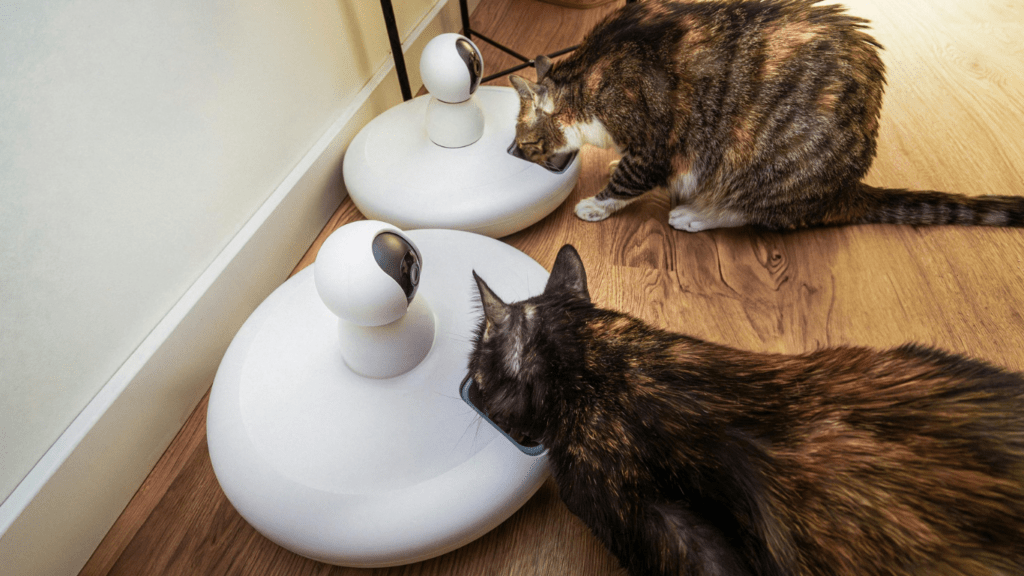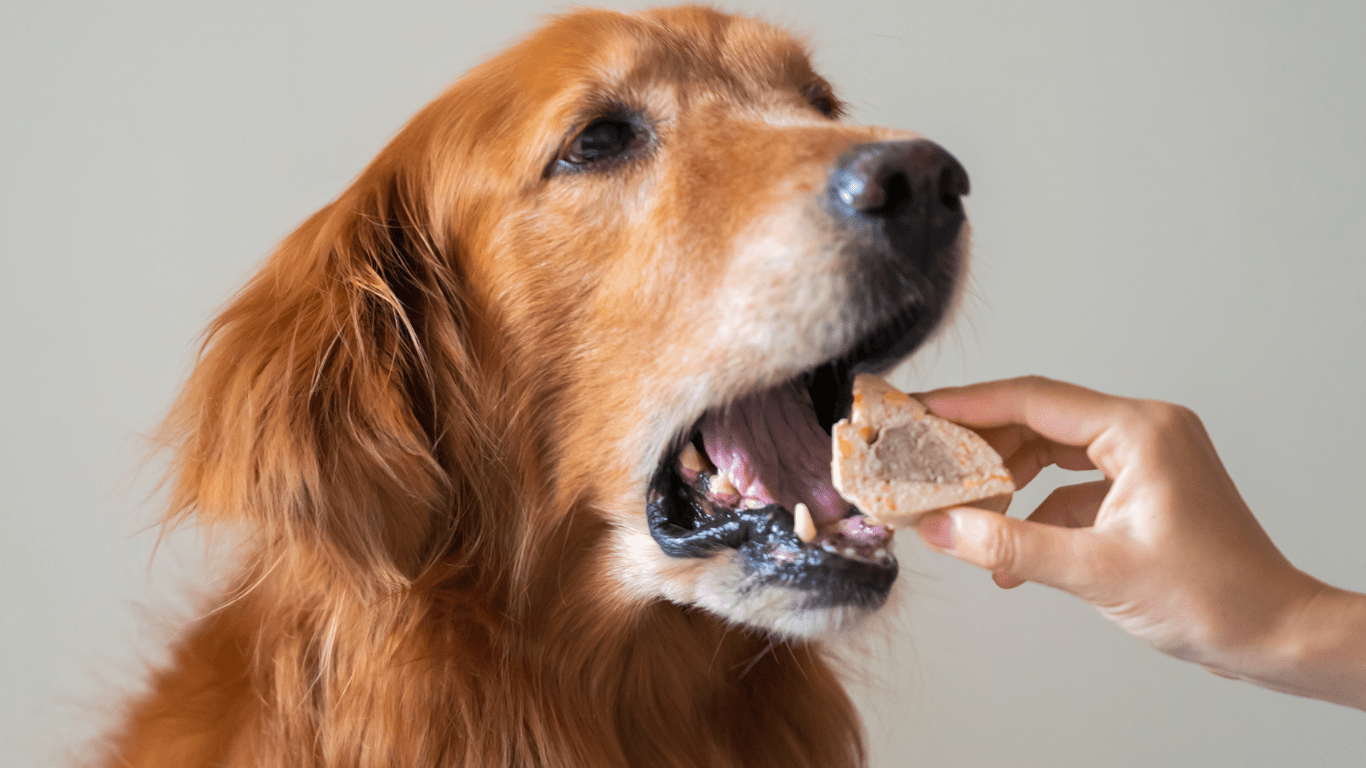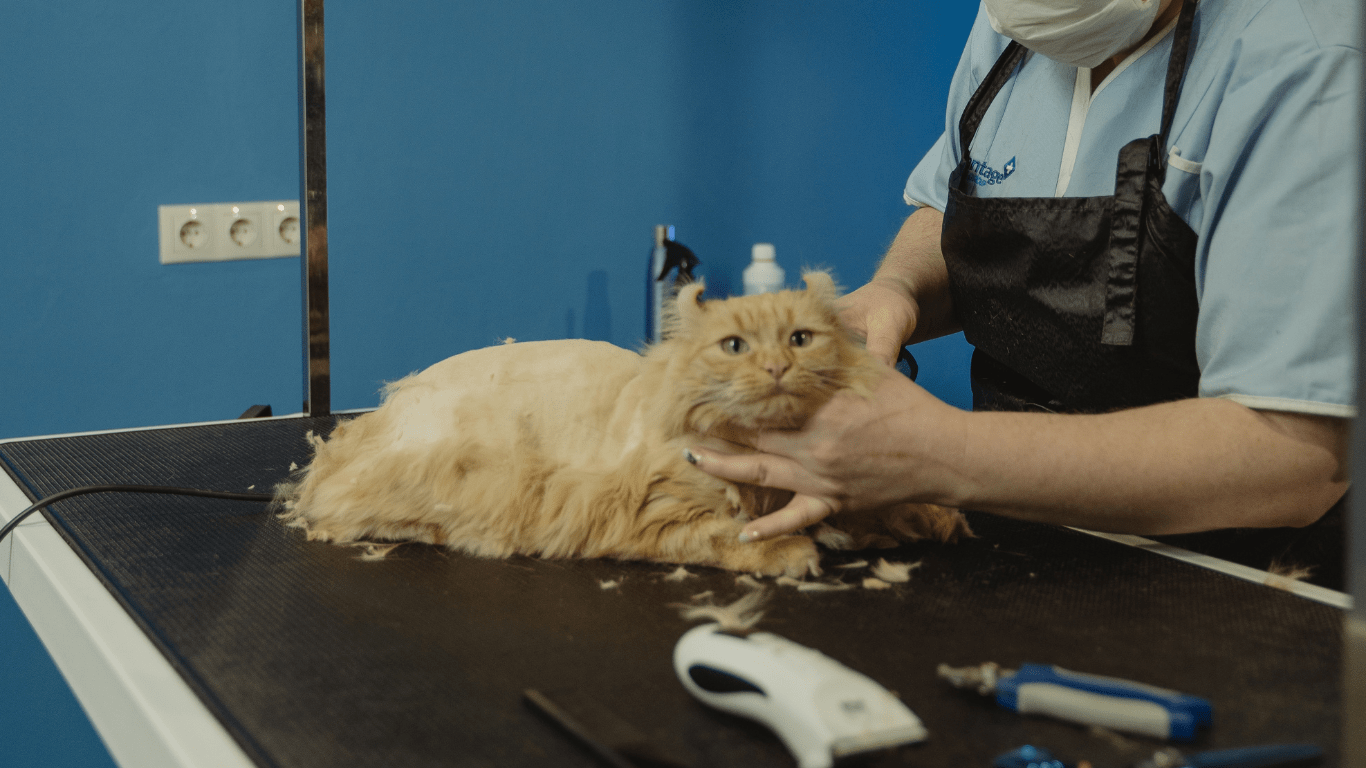As an experienced pet behaviour enthusiast, I understand the importance of having a reliable source of information when it comes to decoding our furry friends’ actions. The Pet Behaviour and Training Library serves as a treasure trove of knowledge, offering insights into understanding your pet’s body language and mastering effective training methods.
When it comes to building a strong bond with your pet, delving into the intricacies of their behaviour is key. This comprehensive library provides expert advice and practical tips to help you navigate the nuances of pet training, whether you’re a seasoned pet owner or just starting on your pet parenting journey.
Basic Obedience Training
In the realm of pet training, basic obedience is fundamental. It encompasses teaching pets foundational commands like “sit,” “stay,” and “come.” Consistency is key in reinforcing these commands; using treats and positive reinforcement can aid in the learning process. Remember, it’s important to keep training sessions short and engaging to maintain your pet’s interest and focus.
Advanced Training Techniques
Moving beyond basic obedience, advanced training techniques involve more complex commands and behaviours. These can include agility training, where pets navigate obstacle courses, or tricks like fetching specific items. Advanced training requires patience, practice, and a deep understanding of your pet’s capabilities and limitations. Tailoring training to suit your pet’s personality and breed can enhance the effectiveness of advanced techniques.


Understanding Pet Behavior
In understanding pet behaviour, I recognise the importance of observing and interpreting my pet’s body language. Consistent observation allows me to decipher signals of stress, playfulness, or discomfort. By acknowledging these cues, I can respond appropriately and ensure my pet’s well-being.
Common Behavioural Issues in Pets
When addressing common behavioural issues in pets, I find that consistency is key. By establishing clear boundaries and routines, I create a sense of security for my pet, reducing anxiety-driven behaviours. For instance, consistent feeding times can alleviate food guarding tendencies, promoting a harmonious atmosphere at home.
Psychological Triggers and Resolutions
When dealing with psychological triggers in pets, I focus on identifying the root cause rather than just the symptoms. By understanding the triggers that lead to undesirable behaviours, such as aggressiveness or fear, I can implement targeted solutions. For example, desensitisation techniques combined with positive reinforcement help my pet overcome triggers and develop positive associations.
Tools and Resources in the Pet Behavior and Training Library
Books and Manuals
When it comes to enhancing my knowledge about pet behaviour and training, I always turn to the wide array of books and manuals available in the Pet Behaviour and Training Library. These resources provide in-depth insights into understanding my pet’s needs and behaviours, offering effective training techniques that help strengthen the bond between us. By following the guidance outlined in these books and manuals, I’ve been able to implement tailored training strategies to suit my pet’s individual personality and breed characteristics.
Online Courses and Videos
Exploring the online courses and videos offered by the Pet Behaviour and Training Library has been instrumental in my journey towards becoming a more informed and skilled pet owner. These resources cover a diverse range of topics, from basic obedience commands to advanced training methods, allowing me to cater to my pet’s specific requirements. By watching instructional videos and participating in online courses, I’ve gained valuable insights into interpreting my pet’s body language, identifying signs of stress or discomfort, and addressing common behavioural issues effectively. The convenience of accessing these resources online has made it easier for me to enhance my pet’s well-being and strengthen our bond through positive training techniques.

Tips for Effective Learning
To make the most of the Pet Behaviour and Training Library, start by exploring the diverse array of resources available. Look for materials that cater to your pet's specific needs, whether you have a young puppy learning basic commands or an older dog with behavioural challenges. By selecting resources tailored to your pet's requirements, you can focus on relevant training techniques and behavioural solutions.

Integrating Techniques into Daily Routines
Integrating the training techniques and behavioural tips from the library into your daily routines is key to fostering a positive and well-balanced relationship with your pet. Start by incorporating short training sessions into your pet's daily schedule. Use meal times or play sessions as opportunities to practise obedience commands or reinforce desired behaviours.
